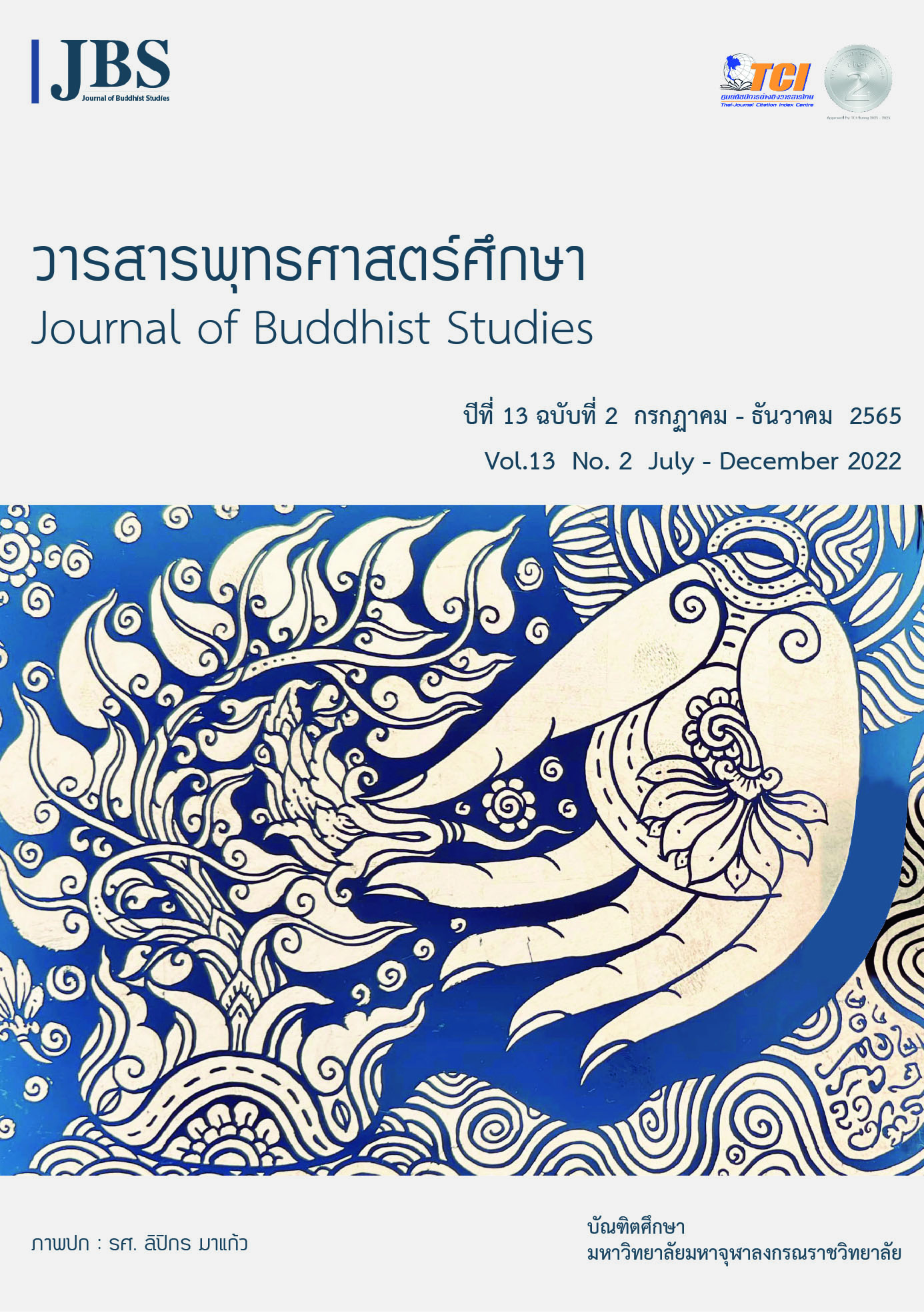A Synchronic Study of Hmong Language Spoken in Mae Rim District, Chiang Mai Province
คำสำคัญ:
Hmong, phonological, Morphological and Syntactic structureบทคัดย่อ
The objectives of this research aim to study 3 objectives: 1) The phonological Structure of Hmong language 2) The Morphological Structure of Hmong language and 3). The Syntactical Structure of Hmong language, by six villages in Mae Rim District Chiang Mai Province to collect data from
in-depth interviews with a sampling population of 36 people divided into three groups: the first group, adolescents aged from 15-25 years, the second group, middle-aged aged from 26-50 years, and the third group Elderly from aged 51-70 years, and analyzing language changes between groups of different age groups, and the factors causing the linguistic change of the Hmong language.
The result found that 1) The phonological structure, there are two major dialects were spoken in six villages and differ in both vocabulary and certain aspects of phonology and words are monosyllabic, large, complex inventories of tones languages.
2) The morphological structure is an isolating language; new words can be formed by compounding and reduplication and nouns show their case function through word order in the subject/object position. When it comes to nominative and accusative cases on nouns, they are not inflected for number, case, or gender. The same word could be used to translate singular, dual, and plural pronouns.
3) The syntactical structure is an analytic SVO language. The pronominal system distinguishes between three grammatical persons and three numbers - singular, dual, and plural. They are not marked for case, that is, the same word is used to translate both ìIî and ìmeî, ìsheî and ìherî. From the analysis results, it was found that the group that had the most change in the phonological structure was adolescents aged 15-25 years who used transliteration and borrowed from Thai and English, to make a new word and used it with friends and family.
เอกสารอ้างอิง
Annie Jaisser and others. (1955). Hmong for beginners. Califonia: University of Califonia.
Bruce Thowpaou Bliatout and others. (1988). Handbook of Teaching Hmong-Speaking Students. Sacramento: Spilman Printing Company.
David R. Mortensen. (2000. ). “Sinitic Loanwords in Two Hmong Dialects of Southeast Asia”. Mater’s thesis. Graguate School: Utah State Universiy.
David Strecker. (1987). The Hmong-Mien Language. Linguistics of the Tibeto-Buman Area Volume10: 2. University of California, Berkeley.
Frank M. Lebar and Adrienne Suddard. (1967). Laos: its people, its society, its culture by the staff and associates of the Human Relations Area Files. New Haven: Hraf Press.
Duffy et al. (2007). “Writing from these roots Literacy in a Hmong-American Community”. University of Hawaii Press. Honolulu: Printed in the United States of America.
Linda Tsung. (2009). Minority Languages. Education and Communities in China. New York: Macmillan Publishers Limited.
Martha Ratliff. (2010). Hmong-Mien Language History-Pacific Linguistics. Detroit: Michigan USA.
Nusit Chindasri. (1976). The Religion of the Hmong Njua. Siam Society: Bangkok.
Taweesak Kulyot. (2529). General characteristics of Hmong Njua Grammar. institute of language and culture for Rural development.
S. Robert Ramsey. (1987). The languages of China. New Jersey: Princeton University Press.
ดาวน์โหลด
เผยแพร่แล้ว
รูปแบบการอ้างอิง
ฉบับ
ประเภทบทความ
สัญญาอนุญาต
ลิขสิทธิ์ (c) 2022 วารสารพุทธศาสตร์ศึกษา

อนุญาตภายใต้เงื่อนไข Creative Commons Attribution-NonCommercial-NoDerivatives 4.0 International License.






